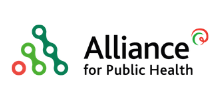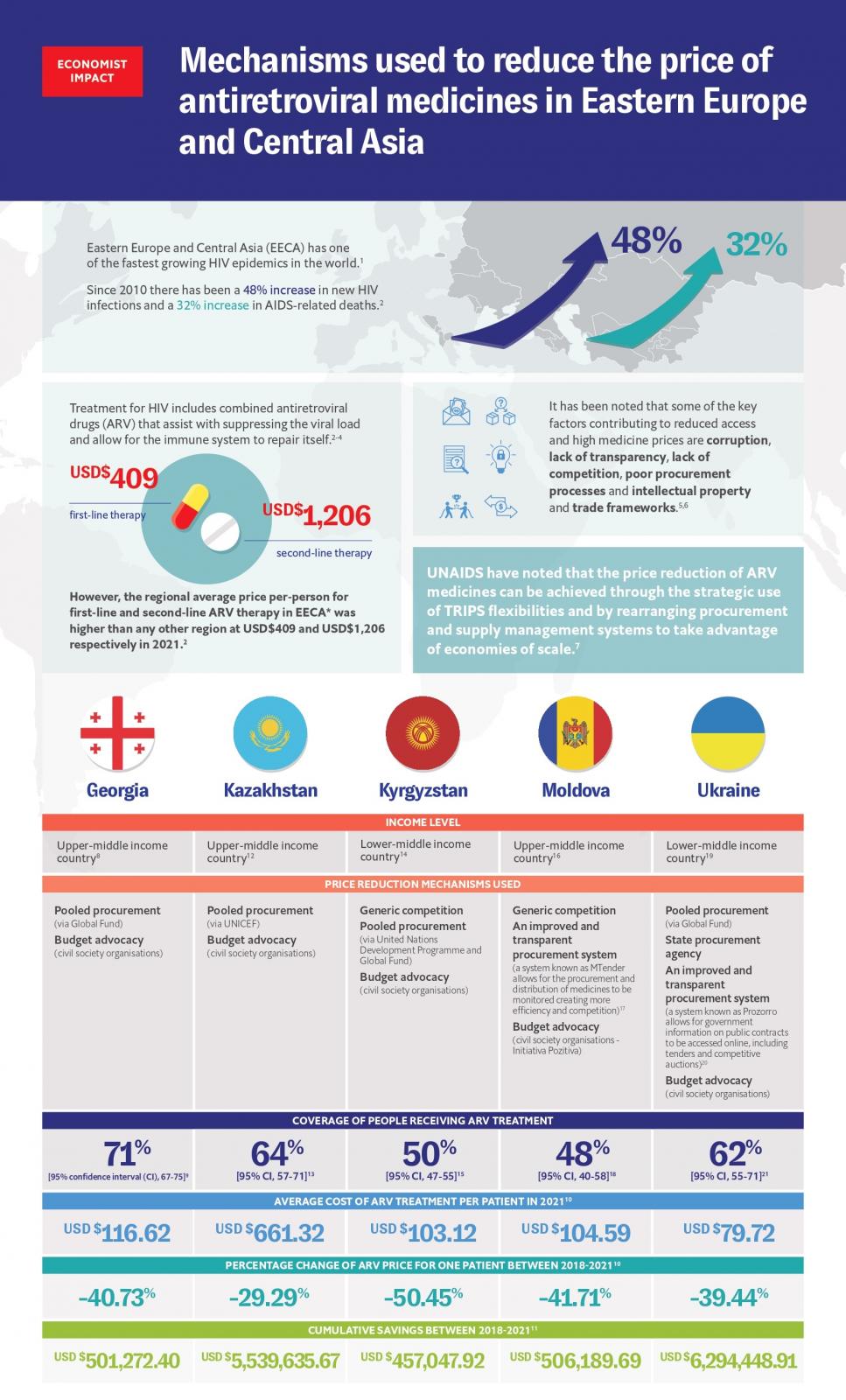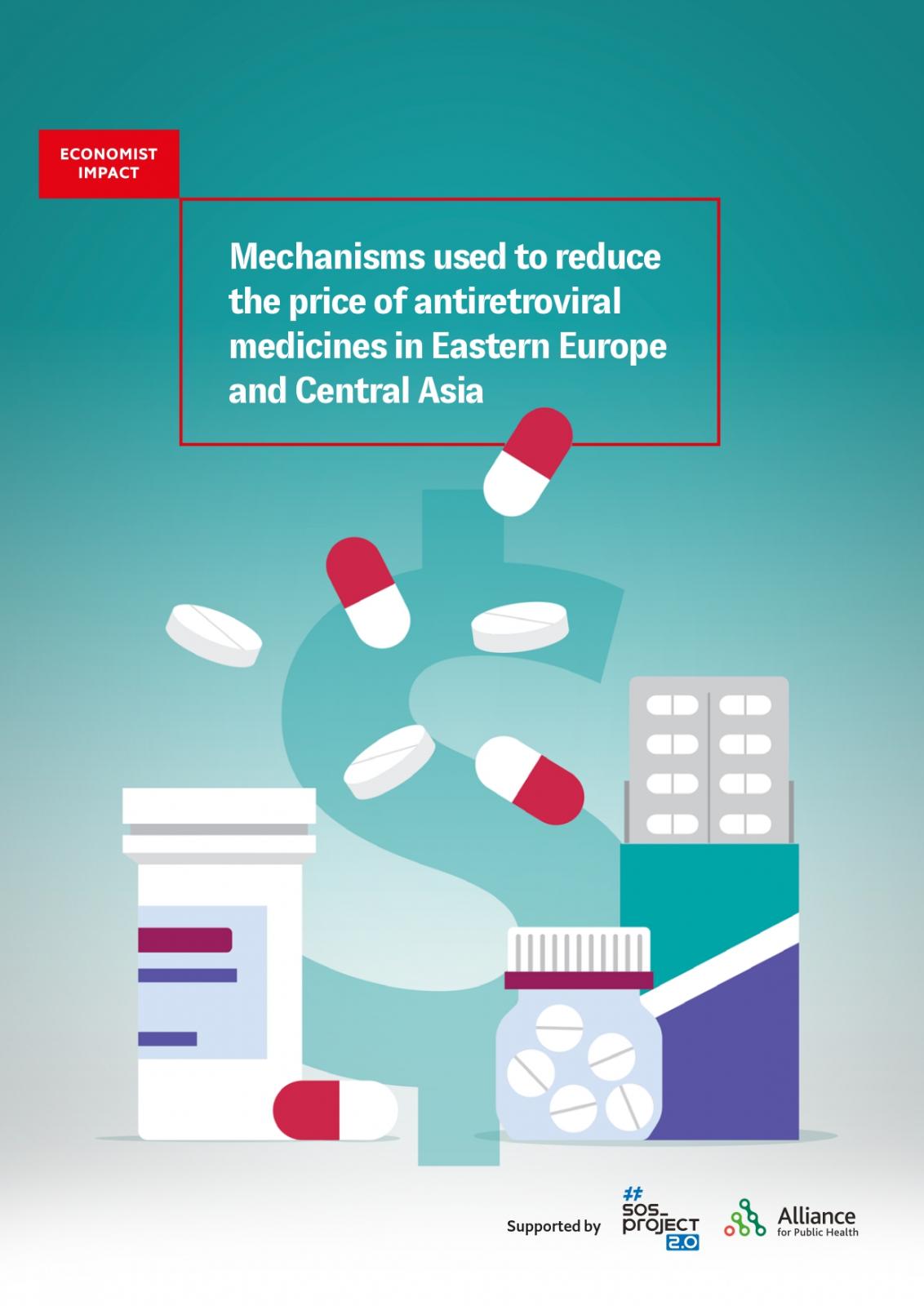The region of Eastern Europe and Central Asia (EECA) has one of the fastest-growing HIV rates in the world. Over the last decade, weak progress has been made in the region towards meeting the UNAIDS targets, and by some measures the situation has become worse. New HIV infections and AIDS-related deaths are increasing rather than decreasing. The main HIV treatment and key to controlling the HIV epidemic globally is antiretroviral therapy (ART). Generic versions of antiretrovirals (ARVs) and support from international donors to procure them mean that they are widely available at a relatively low cost. Despite this, countries in EECA pay more than other global regions for this life-saving treatment. High prices can be attributed partly to government corruption, such as overly complicated procurement processes, limited competition and intellectual property and trade framework restrictions. A failure to challenge high prices by seeking out alternative lower-cost suppliers further contributes to higher ART spends.
Many low- and middle-income countries rely heavily on support from donor funds to procure ARVs and control the HIV epidemic, yet there have been reductions in donor funds across the globe. In EECA, many countries are experiencing decreases in grants from the Global Fund, encouraging countries to develop self-sustained HIV responses and to purchase ARVs using state funds. For countries to afford this change, reducing the price of ART is crucial. Through the lens of five EECA countries, all amid funding transitions, this report examines some of the initiatives and solutions to reduce ART prices:
- Improving ART price transparency: National governments must publish procurement documents and pricing information to encourage efficient pricing and avoid corruption.
- Community action: Civil society organisations—often led by people living with HIV—and budget advocacy groups have been central to obtaining affordable ARVs in EECA. Public campaigns, publishing drug prices, opposing patents and negotiating with pharmaceutical manufacturers are among the methods advocated by civil society organisations to achieve affordability.
- National procurement: National procurement agencies have been developed to replace donorfund procurement mechanisms in some countries eg Ukraine. Political will, transparent national laws, generic competition and ongoing advocacy efforts from civil society organisations are required for national agencies to achieve international purchasing power.
- Generic competition: Bringing multiple generics to market is a key strategy to lower the average price per person for ART. Generic competition is partly facilitated by the work of civil society organisations but also through Trade-Related Aspects of Intellectual Property Rights (TRIPS) flexibilities and other provisions in national laws governing registration of medicines and procurement.
- The support of donor funds and international organisations: Despite transitioning away from donor funds to buy ART, the Global Fund, United Nations Development Programme and UNICEF continue to support broader HIV response and provide guidelines to enable a successful transition.







